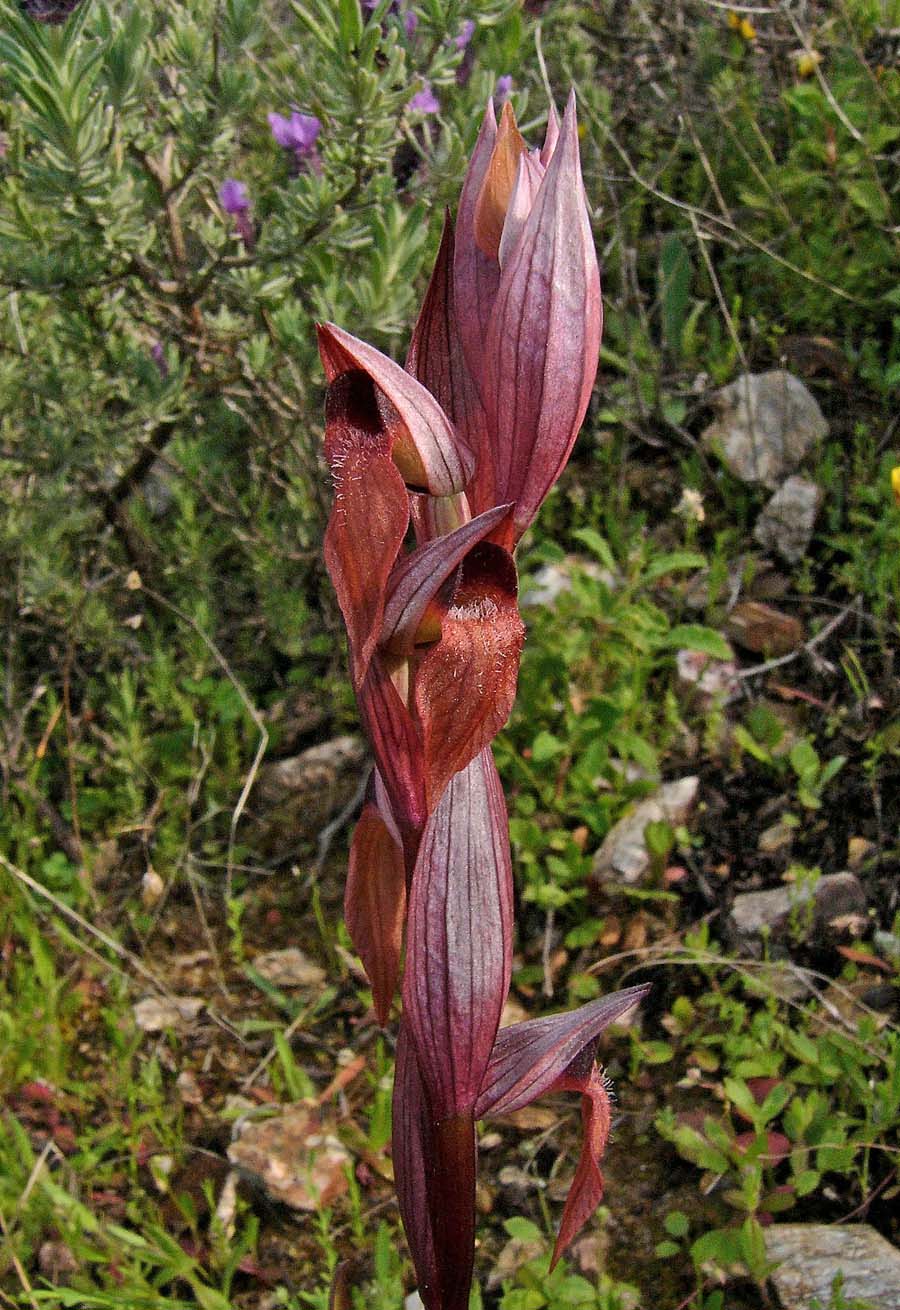S. artemisiae was first described from Mugla, Turkey by Hahn, Kreutz and Passin as S. vomeracea subsp. artemisiae in 2007. Its name is a reference to Artemisia, sister and wife of King Mausolus of Caria, Anatolia.
Its range is restricted to the eastern Mediterranean, where it can be found in south west Turkey and a small number of the adjacent Aegean islands, notably Samos, Lesbos, Chios and Kos. It may also be present in the north east of Greece in the Thrace region. It is a rare species but one which may occur in large numbers in its preferred sites. These sites are virtually always in damp situations ranging from wet hillside flushes to swampy coastal grassland and open reed beds.
S. artemisiae is variable and can be easily confused with the commoner S. orientalis which is morphologically very similar and sometimes difficult to separate. There are however a few features that can help with differentiation. The latter species is an earlier flowerer although in particular years there can be a considerable overlap through April. Unlike the latter, S. artemisiae is rarely found in colour forms other than lighter or darker, standard Serapias brick red. Its bracts invariably exceed (sometimes significantly) the hood whereas in S. orientalis the bracts are level with or marginally longer. Perhaps the most important distinguishing indicator however is their habitat differences, with S. artemisia invariably found in wet or at least damp conditions whereas S. orientalis favours dry, often arid situations in phrygana and abandoned terraces. The photographs comes from the Aegean islands of Samos, Lesbos and Chios, dating from mid April.













.